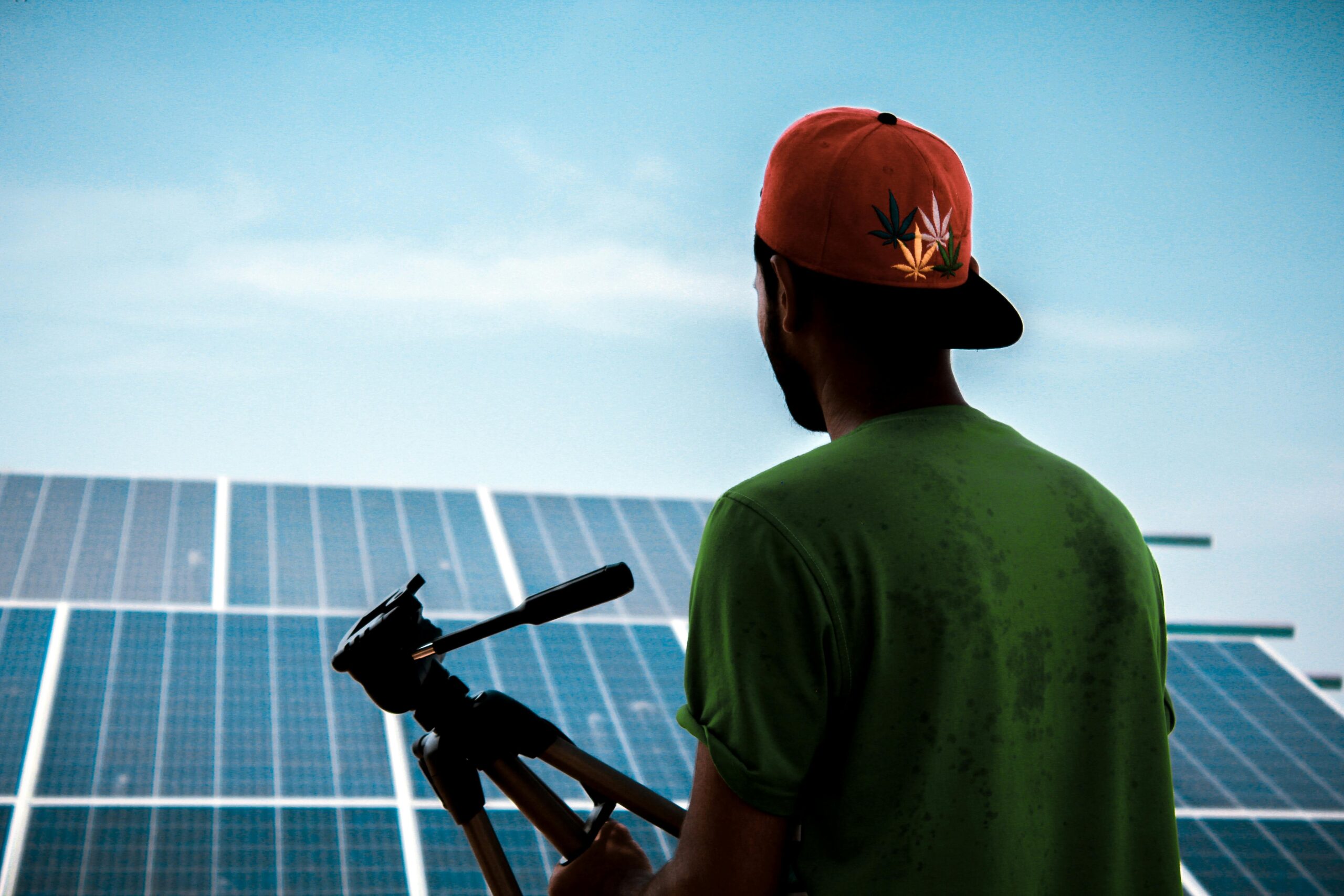Solar panel efficiency has been the driving force behind the rapid growth of solar energy. It measures how effectively panels convert sunlight into usable electricity, and improvements over the decades have transformed solar from a niche technology into a mainstream energy solution.
Understanding the past, present, and future of solar panel efficiency reveals just how far we’ve come and where we’re headed.
The Early Days of Solar Panel Efficiency
The first photovoltaic (PV) cell, developed at Bell Labs in 1954, achieved a solar panel efficiency of just 6%. At the time, most of the sunlight hitting the panels was lost as heat or reflected.
These early panels were groundbreaking but far too costly for everyday use, finding their place in specialised applications such as satellites and remote communications.
Breakthroughs in Solar Panel Efficiency in the 1970s and 1980s
The energy crisis of the 1970s prompted increased research into alternative energy sources. Government funding and technological breakthroughs pushed solar panel efficiency to around 10–12% by the 1980s.
While still expensive compared to fossil fuels, solar panels began to appear in residential and commercial settings, marking the first step towards broader adoption.
The Present: High Solar Panel Efficiency and Wider Adoption
Today, most residential panels achieve 15–22% efficiency, with top-tier monocrystalline models reaching the upper limit of this range.
The leap in solar panel efficiency comes from improved materials, advanced manufacturing, and anti-reflective coatings. Costs have dropped by more than 80% since 2010, making solar energy a realistic option for millions of homes and businesses.
The Role of Emerging Materials in Boosting Efficiency
Researchers are now exploring materials like perovskite solar cells, which have achieved over 25% efficiency in lab conditions.
Multi-junction cells, which stack layers of materials to capture more of the solar spectrum, are also pushing the boundaries of solar panel efficiency, though they are currently more common in aerospace applications.
System-Level Efficiency: Beyond the Panel
Efficiency isn’t just about the panels themselves. Factors like inverter performance, system design, and shading also impact overall results.
Today’s systems often include smart inverters and energy storage, ensuring that the benefits of higher solar panel efficiency translate into real-world energy savings.
Challenges to Maximising Solar Panel Efficiency
Achieving higher solar panel efficiency can increase production costs, which sometimes slows mainstream adoption.
Durability is another consideration; while panels often last over 25 years, some cutting-edge materials degrade faster than conventional silicon.
The Future of Solar Panel Efficiency
The next decade could see commercial panels achieving 30% efficiency or more through tandem cells combining perovskite with silicon, along with nanostructures and better light-trapping designs.
Artificial intelligence will also help optimise installations, ensuring that gains in solar panel efficiency deliver maximum value.
Conclusion: A Bright Future for Solar Panel Efficiency
From 6% in the 1950s to over 20% today, the story of solar panel efficiency is one of innovation and determination. As technology continues to advance, efficiency gains will play a crucial role in making solar the dominant energy source of the future.
The journey is far from over, and the best chapters are yet to come.
